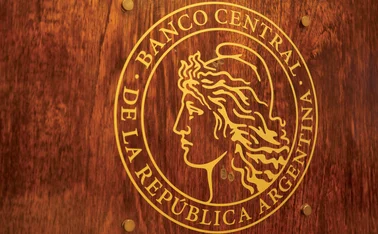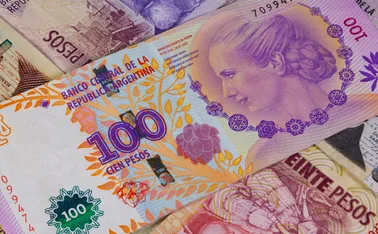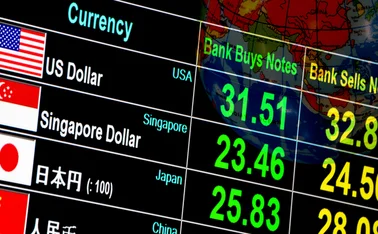
Reserves preservation key in Tunisia amid growing challenges – El Abassi
Governor of Central Bank of Tunisia stresses the importance of sound policies as the currency weakens and twin deficits grow

Reserves preservation has become increasingly important for the governor of the Central Bank of Tunisia, Marouane El Abassi, as the country grapples with hefty external deficits and a weakening currency.
“My first priority is to preserve reserves to cover the basic imports our economy needs,” El Abassi says in a recent in-depth interview with Central Banking.
Despite the economic upheaval Tunisia experienced following the political transition unleashed by the Arab Spring in 2011 and the conflict in neighbouring Libya, reserves remained stable earlier this decade. They stood within the range $8 billion–6 billion from January 2011 through late 2015, according to the ratings agency Moody’s.
But in 2018, they have declined sharply to barely $4.2 billion in May and covered 70 days of imports in late August, down from 90 days in December 2017.
“I’m not focused on one number – 70 days, 90 days. What is important is to have the right policies and better fundamentals in the real economy,” says El Abassi.
The worsening trade balance and lower capital inflows derived from weaker external loans have contributed to the decrease, according to Moody’s. “Rising balance of payments pressure has also contributed to a weakening of the currency, which has depreciated by 6.3% and 7.6% against the euro and the US dollar, respectively, in the first seven months of the year,” Moody’s says in a report published on August 14.
However, stabilising the exchange rate does not feature among the central bank’s main goals due to the country’s weak external position.
“Stronger exports in the textile sector, growth in tourism and higher remittances – this is the way to stabilise the exchange rate and preserve reserves,” says the governor. “As long as the twin deficits remain high, with the current account deficit of 10.4% of GDP in 2017 and a budget deficit of 6.1% of GDP, stabilising the exchange rate is not a priority for the central bank,” adds El Abassi.
He considers additional efforts necessary to tackle these imbalances and facilitate the recovery of the economy, a precondition for a stronger dinar.
Improved outlook
But the government led by Youssef Chahed since August 2016 is expected to make important progress on the country’s fiscal outlook. “Budget execution data to May indicate the government is broadly on track to achieve a 4.9% of GDP full-year deficit in 2018, down from 6.1% in 2017,” says Moody’s.
And international financial support is also set to provide additional support. In May 2016, the executive board of the International Monetary Fund approved a four-year extended fund facility with Tunisia that makes available $2.9 billion to its institutions through to May 2020. On September 28, 2018, the IMF completed the EFF’s fourth review, which means the transfer of $247 million, increasing the funds provided so far to $1.4 billion.
Additionally in July, eight international financial and development institutions reiterated their commitments with the country, worth $5.5 billion of committed but not yet disbursed funds. This includes $2.5 billion scheduled to be transferred in 2018–19, according to Moody’s.
“Moreover, the government has planned a $1 billion Eurobond issuance this year, which would further support a recovery in foreign exchange reserve coverage,” says the ratings agency. It now expects reserves to stabilise and recover to $5.2 billion by the end of 2018.
In fact, the reserves at the Central Bank of Tunisia have increased over the last month to cover 75 days of imports today (on October 15), according to official data.
Only users who have a paid subscription or are part of a corporate subscription are able to print or copy content.
To access these options, along with all other subscription benefits, please contact info@centralbanking.com or view our subscription options here: subscriptions.centralbanking.com/subscribe
You are currently unable to print this content. Please contact info@centralbanking.com to find out more.
You are currently unable to copy this content. Please contact info@centralbanking.com to find out more.
Copyright Infopro Digital Limited. All rights reserved.
As outlined in our terms and conditions, https://www.infopro-digital.com/terms-and-conditions/subscriptions/ (point 2.4), printing is limited to a single copy.
If you would like to purchase additional rights please email info@centralbanking.com test test test
Copyright Infopro Digital Limited. All rights reserved.
You may share this content using our article tools. As outlined in our terms and conditions, https://www.infopro-digital.com/terms-and-conditions/subscriptions/ (clause 2.4), an Authorised User may only make one copy of the materials for their own personal use. You must also comply with the restrictions in clause 2.5.
If you would like to purchase additional rights please email info@centralbanking.com test test test








